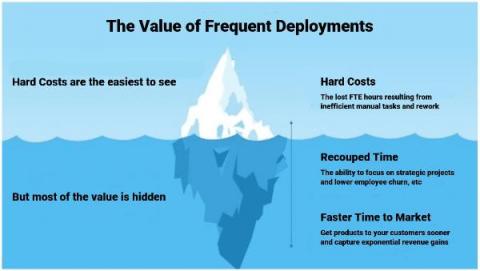Ensuring High Availability with Azure Datacentre Redundancy
In today’s fast-paced business environment, downtime can have severe consequences for any organization. It can lead to lost revenue, decreased productivity, and loss of customer trust. Therefore, it is essential to ensure that your business-critical applications are always available, no matter what. This is where Azure Datacentre Redundancy comes into play.











